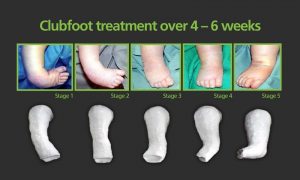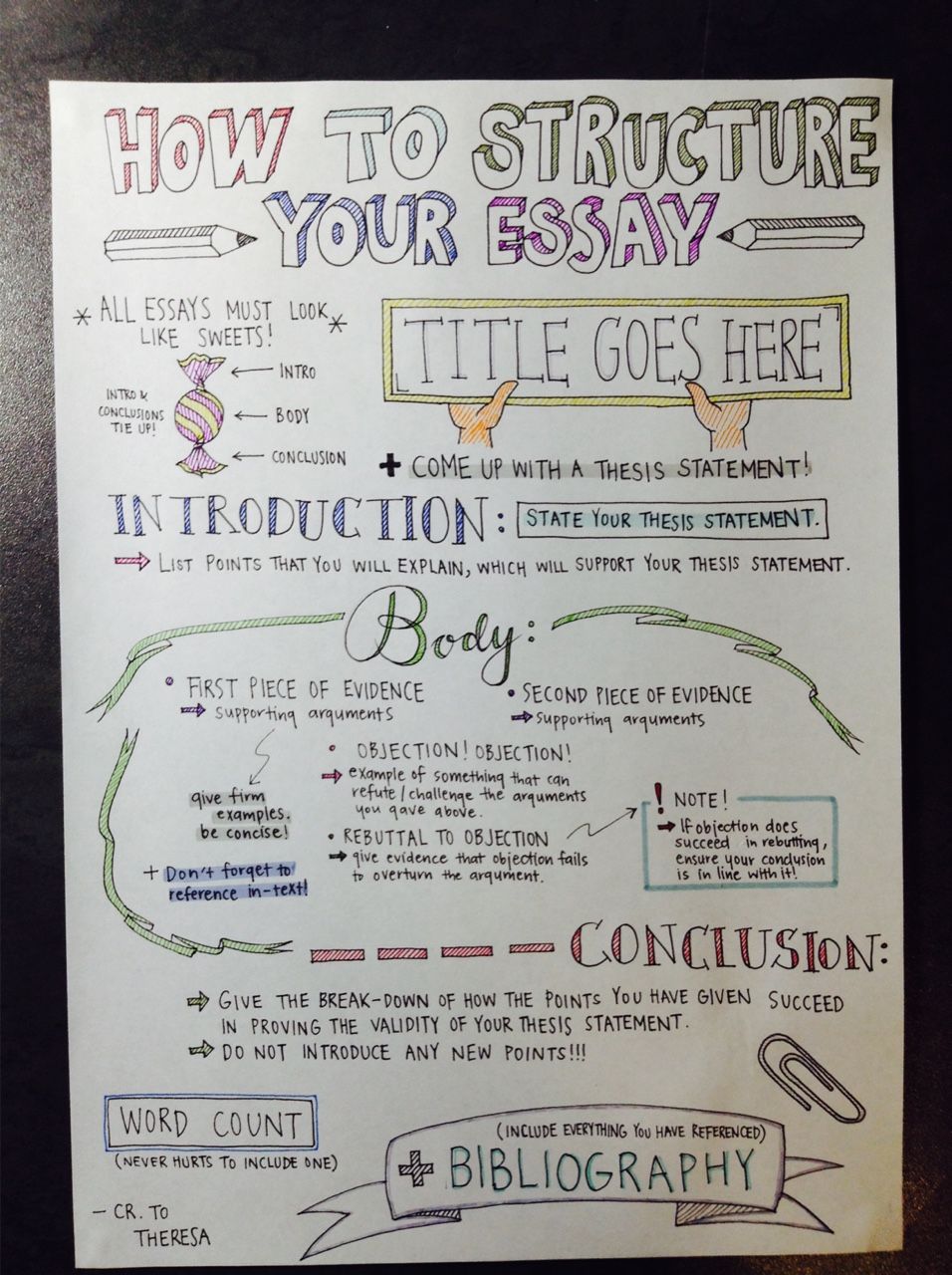
Club foot
Club foot
Introduction
Club foot is a deformity of the foot and ankle that babies can be born with. The position and function of the foot can be greatly improved, if treated early.
The foot of a baby with club foot points down and inwards, with the soles of the feet facing backwards.
Club foot isn’t painful for babies, but it can become painful as they get older and cause difficulties walking if it isn’t treated.
Both feet are affected in around half of the children born with the condition.
The medical name for club foot is congenital talipes equinovarus.
Causes of club foot
In most cases the cause of club foot is unknown, although there may be a genetic link because it can run in families.
If you have one child with club foot, your risk of having a second child with the condition is around one in 35.
If one parent had the condition as a baby, there is around a one in 30 chance of their children having the condition. If both parents previously had the condition, this increases to around a one in three chance.
In a small number of cases, club foot occurs as part of a more serious underlying condition affecting the baby’s development, such as spina bifida.
Diagnosing club foot
Club foot is usually diagnosed after a baby is born, although the problem may first be spotted during the routine ultrasound scan carried out between 18 and 21 weeks of pregnancy.
It cannot be treated before birth, but picking up the problem during pregnancy means you can talk to doctors about the condition in detail and find out what to expect after your baby is born.
Further tests may also be carried out while you’re pregnant, to check for conditions such as spina bifida.
What is the treatment?
Treatment for club foot should ideally start within a week or two of the baby being born, but it can still be effective if started later in childhood.

A technique known as the Ponseti method is the main treatment for club foot nowadays. This involves your baby’s foot being gently manipulated into a better position and then being put in a cast. This is repeated weekly for around five to eight weeks.
After this stage, it’s likely that your baby will need a minor procedure to make a small cut in their Achilles tendon. This can help to release their foot into a more natural position.
Your baby will need to wear special boots attached to each other with a bar, to prevent club foot returning. These are only worn full-time for the first three months, then overnight until your child is four or five years old.
Outlook
The vast majority of children treated with the Ponseti method will have pain-free, normal-looking feet that function well. Most children are able to learn to walk by the usual age and can participate in activities such as sports when they’re older.
Some children may be left with a slightly shorter leg and smaller foot on one side if only one of their feet was affected. This won’t usually cause any significant problems, but it may mean that your child will be slightly less mobile and may get tired quicker than other children.
ALSO READ


How To Choose The Ideal Paper Writing Service
Posted On 24 May 2023
When you use a paper writing service, then you are picking a company that's devoted to your needs. They are…
APA Live Chat – The Way I Could Write My Paper?
Posted On 8 May 2023
If you've got a big test coming up and you need to have it done on time, and then you…
How to Write My Paper Cheaply
Posted On 7 May 2023
There are many ways to compose my paper inexpensively. In fact, some approaches can actually save money for the writer.…
Posted On 4 May 2023
Have Fun and Enjoy a Fun Way to Enjoy your time at home by playing free slots at the casino…
How to Write My Essay About Writing Sample Papers
Posted On 23 Apr 2023
Are you worried about how to write my own article? I understand, it's somewhat intimidating when you first begin learning…

College Application Essay Writing Service Voucher Reddit.com
Posted On 12 Apr 2023
This will suggest having a apparent being familiar with of the supply material or the subject and sticking shut to…

Quality Custom Essay Writing Service Reddit.com
Posted On 12 Apr 2023
Many universities present distinctive deals with savings which you could uncover fascinating. This way you will hardly ever free the…
Reddit Custom Essay Writing Service For Cheap
Posted On 12 Apr 2023
The Looming Questions: Will the reserve be a accomplishment or not? How considerably would this maximize your composing money? Now,…
Reddit Essay Writing Service Atlanta Ga
Posted On 11 Apr 2023
Pretty much as vital as firm any time you are producing essays, is concept generation. Nothing at all will kill…
Reddit.com Persuasive Essay Writing Service Online
Posted On 11 Apr 2023
As aspect of the organizing for faculty admissions, a timeline ought to be established in progress. Consequently, your site visitors…